Whether your child is actively climbing out of their crib, you’re ready to pack it away, or maybe even use it for a new baby, making the decision to transition to a big kid bed is no easy choice and not something you want to rush into.

When and How to Move Your Child to a Big Kid Bed
Transitioning a child before their ready increases bedtime struggles because they have newfound freedom and want to play and explore, especially when they’re supposed to be sleeping. This can be tough on sleep habits and parents!
If your little one is sleeping just fine in his crib, thinking about a new bed and picking out bedding sounds like fun, but try not to don’t rush this big change. Most children switch to a big kid bed are between 3 and 4 years of age and if you can hold off the move, try your best.
If you wait to make the switch, the transition should go smoother when they’re a little older. However, if the crib has become a jungle gym for your child, it may be time to in fact, make the switch. Climbing in and out of the crib can be dangerous especially if they slip and fall from the top rail and switching to a big kid bed may be the safer option.
If you’re expecting the arrival of a new baby and your child is still fairly young (under 2 years of age), you may want to use two cribs, a bassinet or pack n’ play until the crib becomes available down the road.
Here are some tips to help transitioning your toddler to a big kid bed.
Be Cautious Making the Change Too Early
A couple scenarios can crop up if you move your child to a big bed before they’re ready:
They Don’t Stay in Their Beds: Expect To Tuck Your Child is 2 Million Times
- Children under the age of two who move to a big bed too soon, lack impulse control to stay put after you’ve tucked them in. The newfound freedom of having a bed without rails and confinement, gives them easy access to explore, and that’s exactly what they will do.
- Toddlers haven’t developed impulse control to follow through on bedtime marching orders when their body is bursting with excitement to check out their room after the lights have gone off. Be prepared to tuck them in many times, for long periods of time until they master impulse control.
Switching Too Early to a Big Kid Bed Can Feel Scary & Cause New Night Time Fears
- All your child has known their entire life is the four sides of their crib but when they move to a big bed, the sudden freedom can affect your toddler’s sense of security. Without a sense of security, the bedroom can become a new and frightening place.
Making the Move to a Big Kid Bed
Here are some helpful tips to keep in mind when you make the move to a bigger bed for your toddler.
- Easing into the transition with a smaller, toddler bed which takes the same crib mattress could be easier for your child to acclimate to. The small mattress will feel comforting and cozy because it’s what your child is used to already versus a twin or larger sized mattress. If your child is big enough to have outgrown the crib, then this option would be too small anyways a moving to a twin is the next best step.
- Safety proof the room before the move! Once your child has the freedom to move around and in and out of their bed, they’ll get into everything! This instant access to everything can become dangerous. Secure the dresser, anything which can fall and hurt your child, invest in bed rails and safety pieces for everything else.
- Remove the fun stuff. By making the bedroom boring and dull, you’ve effectively removed all stimulation which will keep your child up at night. If you keep toys in the room, be prepared for lots of after bed playtime!
- Involve Your Child in Moving to a Big Bed. Ahead of the switch, chat with your child about all the finer details of switching to a big kid bed and then get them involved in picking out sheets, blankets, etc. A sudden switch can rock your child’s world – remember, kids need predictability and security. Talk about what’s happening, reiterate how the room will change and let your child know they can always talk to you about their feelings after the move.
- Don’t Break Down the Crib Just Yet. Just because there is a bigger bed in the room now, doesn’t mean you should unscrew the bolts quite yet. Your child may not take to the move and having the crib available to them, can be a great solution to bedtime struggles. Give your child the choice of which bed they want to sleep in, and while this may take a few weeks or longer, when they consistently make the choice to sleep in the big kid bed, then you know it’s time to ditch the crib. If you’re expecting a new baby, start this early so the transition isn’t sudden and the crib becomes unavailable.
Nothing happens overnight so be prepared for tucking your child into their new bed many times a night as they explore their newly rediscovered surroundings and have patience for the next couple of weeks or month. It can take up to a month for your child to feel comfortable in their new bed and night time behavior to settle down.
Need a little extra help starting or adjusting your daily routine? Here’s a FREE Course that will help you take control & bring more peace to your home.
Helpful Resources for Handling Sleep Problems, Sleep Regression & Mastering Your Routine
Surviving Your Child’s Sleep Regressions Ebook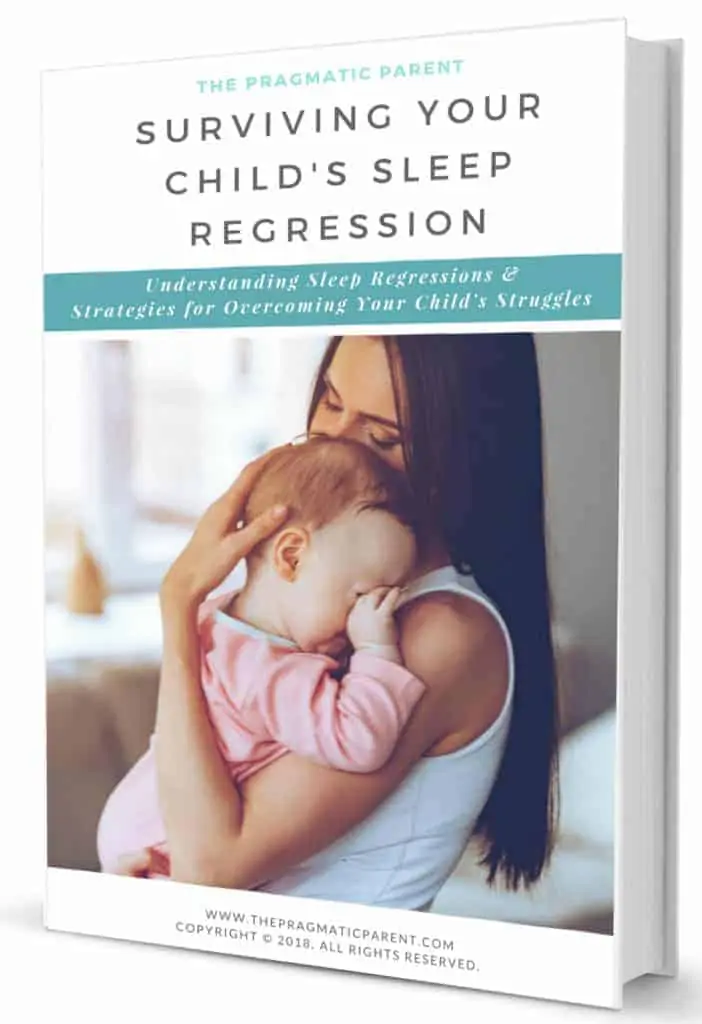
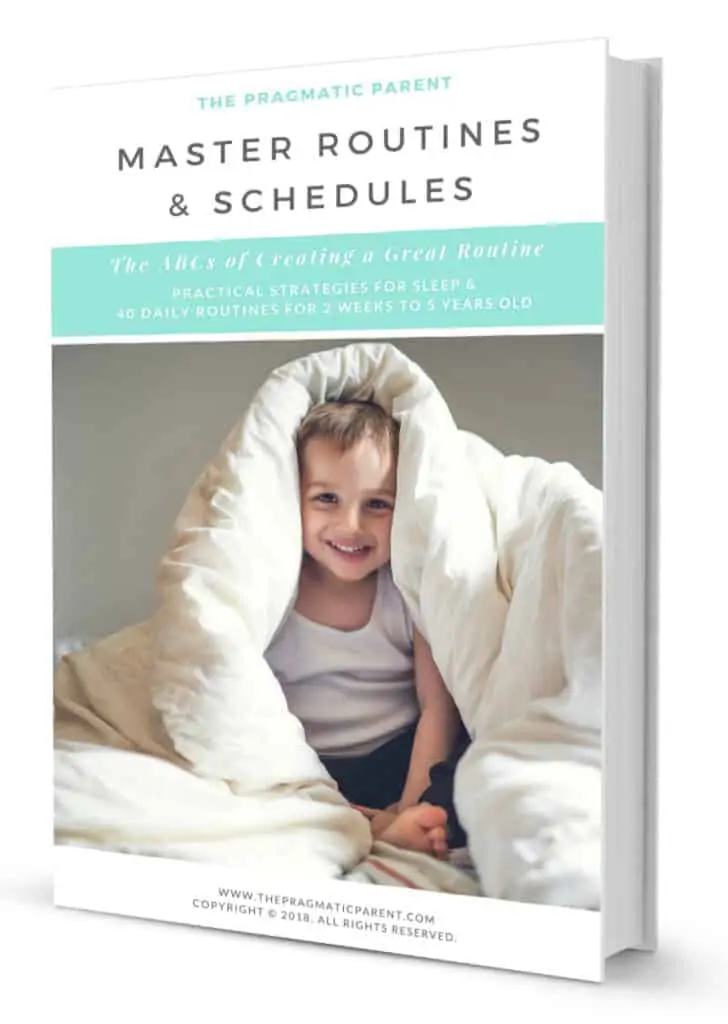
Additional Reading on This Topic
- Signs It’s Time to Move to One Nap a Day: How to Master the Nap Transition
- Scared of the Dark: How to Conquer Nighttime Fears
- How to Ease Separation Anxiety in Babies, Toddlers & Preschoolers
- 8 Common Toddler Sleep Problems & How to Handle Them
- 7 Ways to Beat Bedtime Stalling with Young Kids
- Is Your Kid Waking Up Too Early? How to Fix It
- 10 Helpful Ways to Calm the Kid Who Fights Bedtime
- Toddler Sleep Regressions: What You Need to Know About Your Two Year Old’s Sleep
- How to Establish a Peaceful Bedtime Routine for Your Baby
- How to Survive the 18 Month Sleep Regression & 2 Year Sleep Regressions Without Going Crazy
- Comprehensive Sleep Charts & Sleep Guidelines for Infants Through Adolescents
- The Benefits of Having a Daily Routine
- Create an Awesome Routine for Better Sleep Habits
Want even more?
Shop All Parenting Resources
Shop all of our parenting resources from self-regulation tools and managing big emotions to building self esteem and confidence. There are resources for all seasons of life!
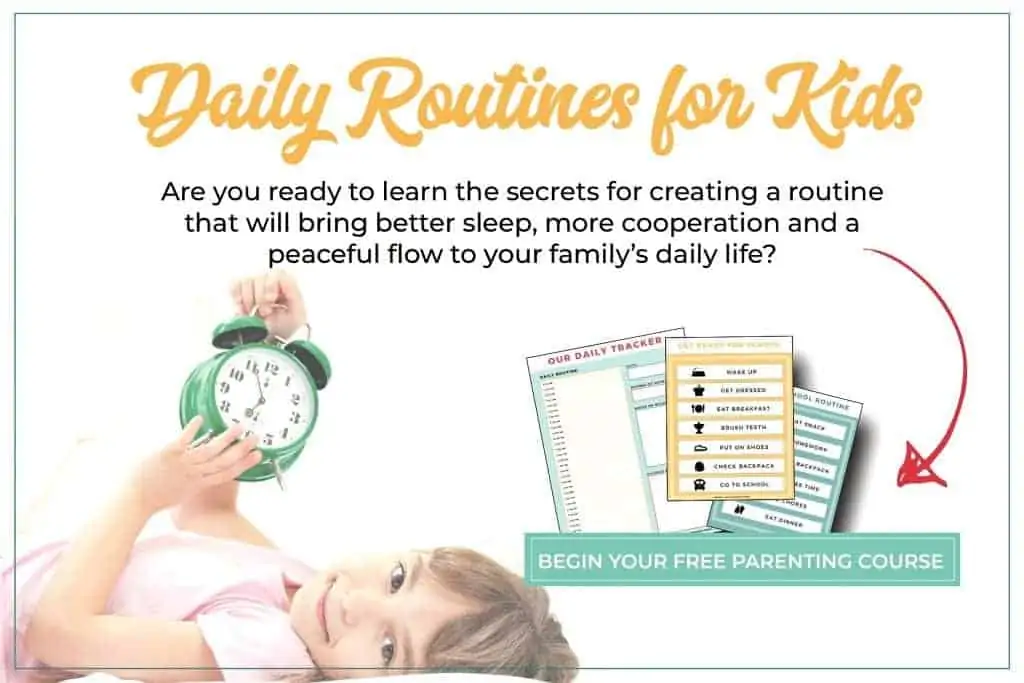
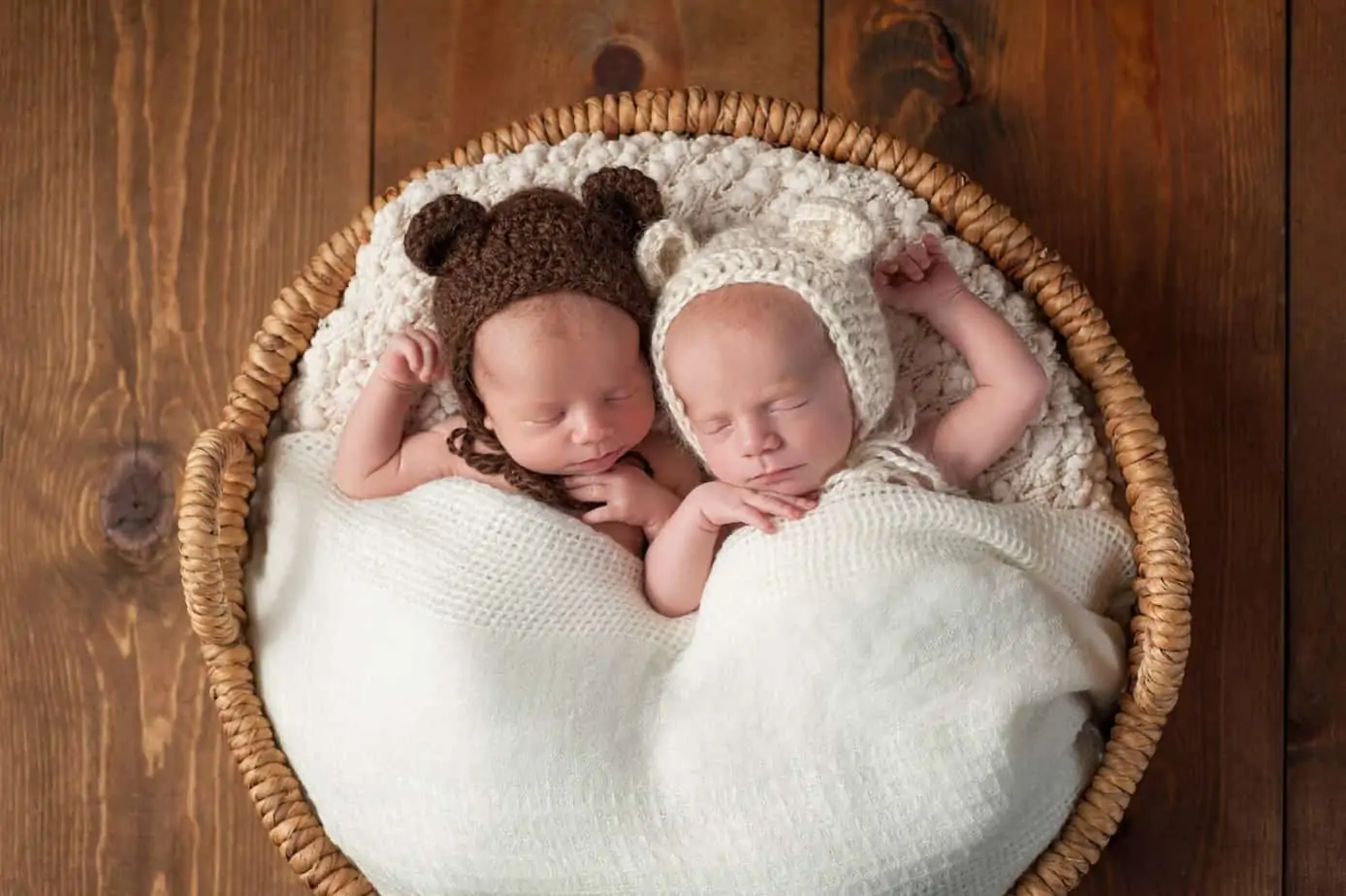
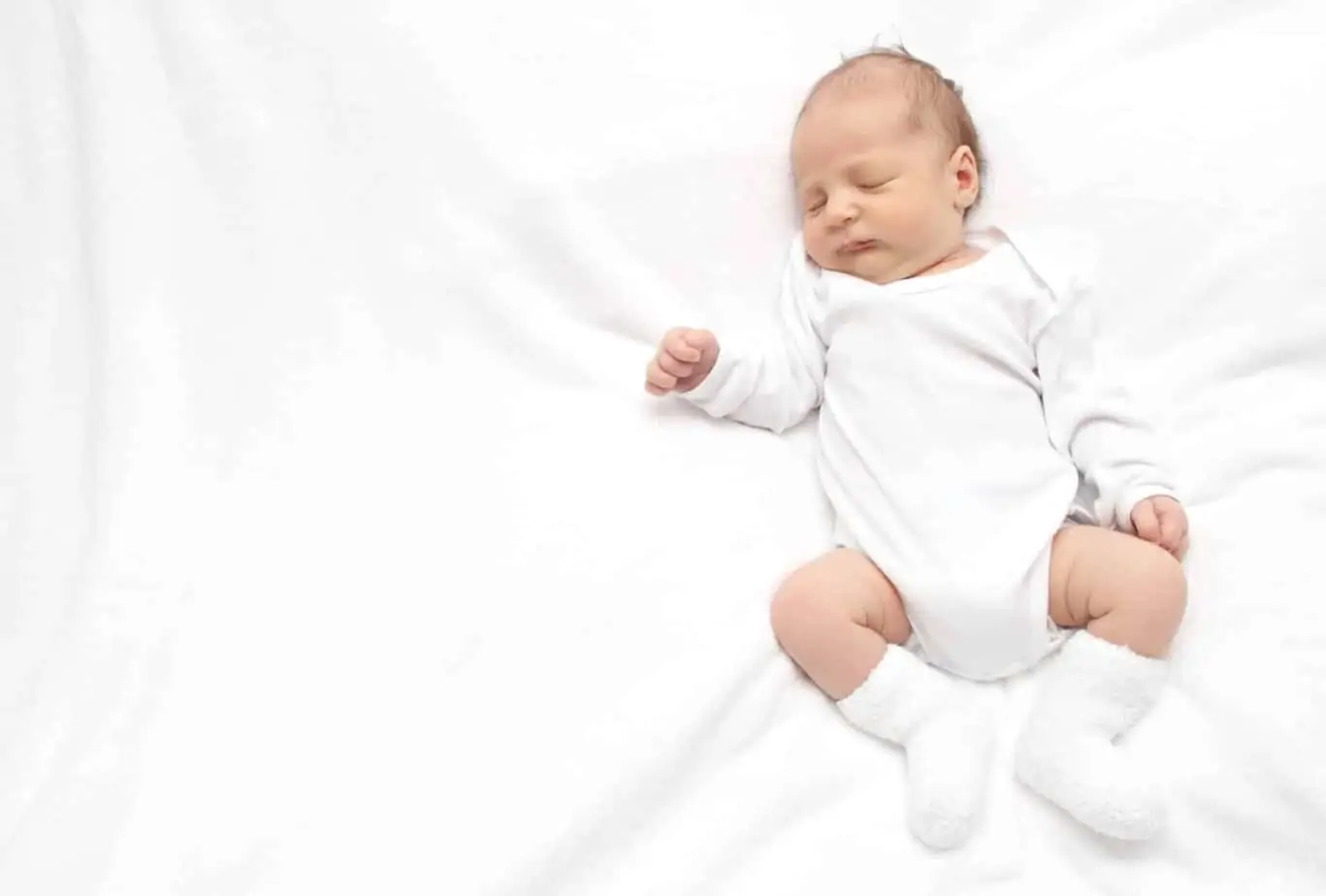
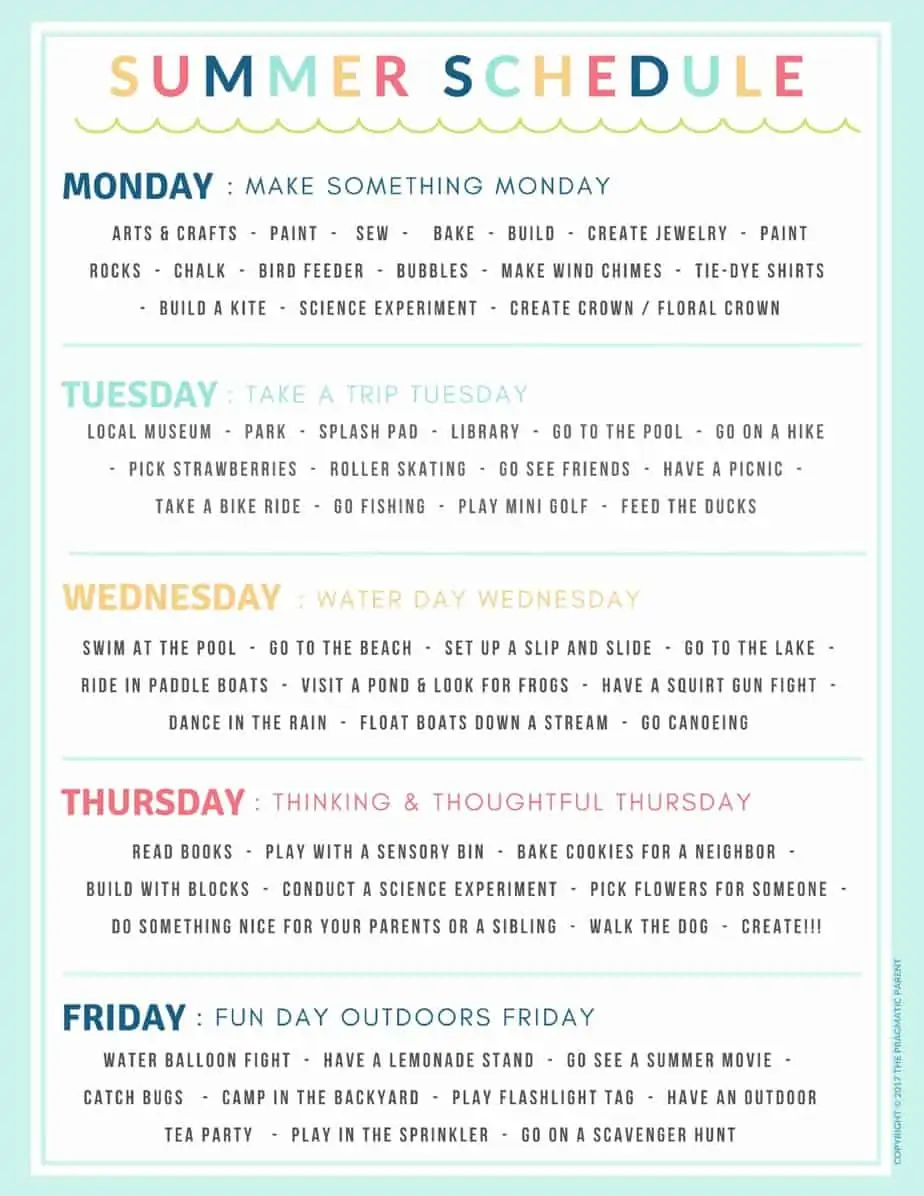




Good tips! However babies are fragile so one must be sure that the baby will no be jumping or rolling out of bed at night.